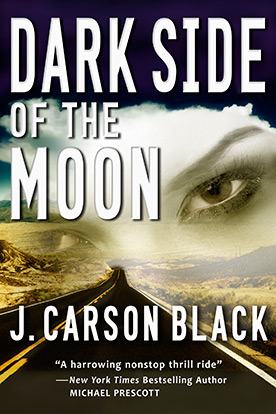
Different kinds of books have different kinds of dialogue. There’s a shorthand to dialogue that sends a message to the reader that this is the kind of book they want to read. They vary according to the kind of book you’re writing. Romance is different from fantasy and fantasy is different from crime fiction, and crime fiction is different from thriller. In the writing, they all signal what kind of story it will be.
But there is one basic rule that spans all genres. Dialogue has to make you think you’re looking in on a conversation in real time. It has to be real.
How do you make it real? Listening to people talk will help.

Less is more, unless you’re in a genre where the dialogue is more flowery. (This could be due to the time period.)
I have a few rules of my own for the kind of dialogue I write, which can vary slightly between genres.
Here’s one I keep at the front of my mind when I’m writing dialogue: Less is More. When people talk to one another, they usually don’t make big speeches.
Kind of like this:
“You going to the store?”
“Why?”
“Would it kill you just to say yes or no? Just this once?”
Three lines, no attributions, and you can tell that one person is miffed at the other.
One thing that helps dialogue is getting rid of almost all of the attributions to each person talking. Those attributions slow down the reader:
“I love you,” he said softly.
“And I love you,” she replied coquettishly.
“Are you just toying with me?” he asked dubiously.
“No,” she said, batting her eyelashes. “I mean it,” she added.
“Sometimes, I feel left out of your life,” he ground out.
All those attributions do is bore the reader. There’s no flow there.
(This also depends on the kind of book you’re writing. The best romances know how to move the dialogue, so that you flow through the story, not get slowed down by attributions.)
The fewer attributions, the better. And if you need an attribution, use “he said” or “she said.” Or sometimes, “Asked.” These are virtually invisible. Sometimes you have a long dialogue and it’s good to stick in a “he said” or a “she said” because it improves the rhythm. What you want is seamless dialogue that sounds real.
Like this:
“So what were you doing there? You were at the lake. We can put you there, so don’t bullshit me.”
“I told you, this is all a big mistake!”
“That’s not what the guy at Ron’s Boat Rentals said. You know, the guy with the gray ponytail who rents the boats out there?”
Darrell shook his head.
“Okay, then. What’s this?” Jerry flashed the boat rental agreement in front of Darrell Tevis’s eyes. “Now what do you have to say?”
The man’s face shut down. One minute he was arguing, and the next, he was gone.
“I want my lawyer,” he said.


